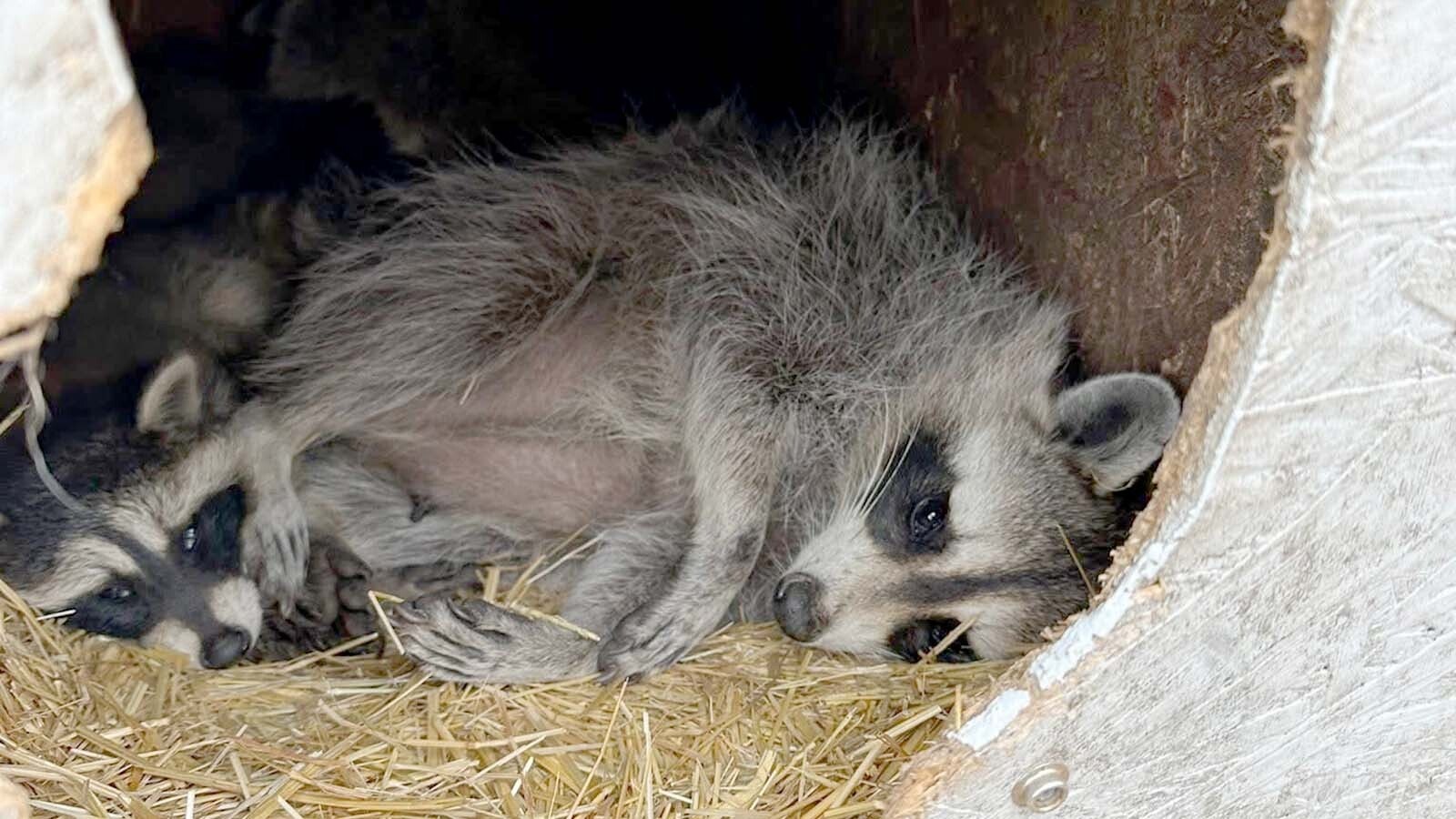State and federal wildlife agents are posting bright yellow “do not enter” signs around northwest Wyoming, and they mean it.
The signs urge people to stay out of areas where the Wyoming Game and Fish Department and other agencies will trap, tranquilize and examine grizzly bears. And a grizzly that’s just coming out of a tranquilizer fog after being handled by humans is nothing to mess with.
Once such grizzly killed Erwin Frank Evert, 70, near his cabin outside of Yellowstone Park in 2010. Evert’s widow later tried unsuccessfully to sue the federal government over his death.
Grizzly capture and study should soon be underway this spring and will continue through early fall throughout bear habitat in northwest Wyoming, according to Game and Fish.
Delisting Is Hot Topic, But Biologists Focus On Science
The information gathered by trapping and examining grizzlies is vital, Game and Fish large carnivore specialist Dan Thompson told Cowboy State Daily. It helps make the case that grizzlies in Wyoming are well-managed and thriving.
“The information gathered exponentiates our understanding of grizzly bears and also further demonstrates our commitment as an agency to illuminate the data collected that all support the notion of a robust and fully recovered grizzly bear population,” Thompson said.
The status of the grizzly population in Wyoming, Montana and Idaho is closely watched by parties on both sides of the debate over whether it’s time to delist the Greater Yellowstone grizzlies and hand full management of them over to the states.
Gov. Mark Gordon and Wyoming’s U.S. congressional delegation say it’s time to delist the bears and are trying to push delisting through.
Game and Fish has largely stayed out of the political side of things, although agency director Brian Nesvik in March testified in favor of delisting before the U.S. House Water, Wildlife and Fisheries Subcommittee.
On the biological side, the scientific value of the trapping studies is immense, Thompson said.
“The overarching objective of these capture efforts is to maintain a representative sample of grizzly bears to inform us as to the overall population demographics of GYE (Greater Yellowstone Ecosystem) grizzly bears,” he said. “The marked individuals give us the estimates of survival and reproduction that allow us to estimate things like abundance and growth rates of the larger population, hence the use of the term ‘representative.’
“But it is bigger than this; each animal handled provides a wealth of information into one of the most rigorously studied wildlife populations on earth.”

Not Without Criticism
The grizzly study program isn’t without critics, Thompson said.
“There is much scrutiny and criticism involved with capturing and collaring bears for myriad reasons,” he said. “We hear, ‘Leave the bears alone, it costs too much money, the collars negatively impact the resale value of photographer's pictures, etc.’
“But the applicability of the data to support the successful recovery and conservation of grizzly bears seems a lot bigger than all of us, that's just my opinion and you could say I'm biased,” he added. “We need to celebrate success stories, but having the peer reviewed and published data to support a story becomes science — the synergy of story with science affirms the stance of the success and allows us to continue forward and contend with the reality of recovery and resurgence.”
Multi-Agency Effort, Lots Of Insight
The Game and Fish trap-and-study program is part of a larger effort involving wildlife agencies in Montana and Idaho, as well as the National Park Service, the U.S. Fish and Wildlife Service and Native American tribal authorities.
“We work closely with the Shoshone and Arapahoe tribes to assist with capture efforts in their sovereign lands,” Thompson said.
Wildlife agents take hair and blood samples from grizzlies to help determine such things as the genetic diversity of the grizzly population.
Fitting bears with radio collars also provides insights into how bears move about their territories, what they’re eating and other details of their lives, he said.
“For example, we have documented shifts in home range size as the population has increased in abundance and density, with females having smaller home ranges now than in previous decades,” Thompson said.
Stupid Human Tricks
In addition to posting warning signs, Game and Fish recently put out an informational release about the trapping program, Thompson said.
Even so, there’s always those who want to push their luck, he said.
“There are issues with people ignoring warnings which is why we have to put out a release and remind people that the area of capture is closed for their safety,” he said. “We obviously closely monitor all capture sites to see if bears are coming in, but this means we can also document if people are ignoring the area closures and can and will follow up on that.”
Evert’s Death
In June 2010, Evert went missing after leaving for an afternoon hike from his cabin in the Kitty Creek Drainage on the Shoshone National Forest, near Yellowstone’s East Gate.
After his body was discovered, it was determined he’d been mauled to death by a large male grizzly that the Interagency Grizzly Bear Study Team had captured and examined. He had apparently ventured into the area where wildlife agents had left the bear to recover from being tranquilized.
His widow, Yolanda Evert, later tried unsuccessfully to sue the federal government for $5 million in wrongful death damages. It was contended on the way back out of the study area, wildlife agents had removed warning signs, assuming that nobody would be hiking in the area.
However, a federal judge concluded that Evert was still aware of the trapping and had been previously warned by a friend to stay out of the area, according to reports.
Mark Heinz can be reached at Mark@CowboyStateDaily.com.





